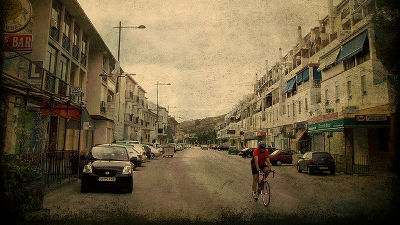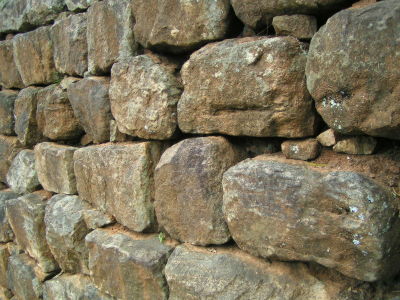What is the illustration secretly hidden by the creator on the map?

The cityscape changes as stores are replaced, new apartments are built, and roads are opened, and the map is constantly being rewritten. On the official website of the Swiss Federal Terrain Bureau (Switzerland Topo), you can see the development and change by comparing the maps from 1844 on a yearly basis, but you can also see how illustrations that are impossible as a map appear and disappear I can do it.
For Decades, Cartographers Have Been Hiding Covert Illustrations Inside of Switzerland's Official Maps | | Eye on Design
Swisstopo's free interactive map is available in five languages: German, French, Italian, English and Romansh. The English version opens from the following shortened URL.
Maps of Switzerland-Swiss Confederation-map.geo.admin.ch
https://s.geo.admin.ch/67274e29e4

Open 'Journeys through time' in the 'swisstopo' item on the left menu, and click 'Journey through time-Maps'. The map name will be added to 'Map displayed' below, so click on the era and select the year you want to see, and you can see the map of Switzerland from 1864 to 2018. In addition, the map is prepared for each area and each scale, and when you look at it, you can see that the map has been updated every few years.

Looking at this map, you can also find the illustrations that were actually hidden. One example is the lying woman's body .
On the map of Switzerland Topo, enter 'Bellikon' in the search box at the top and click 'Populated Place Bellikon (AG)-Bellikon' from the displayed list.

Then the town of Verikon should be displayed. What is displayed is 'National Maps of Switzerland 1: 25'000' produced in 2013, and there is a letter 'Sunneberg' in the south of this town. This part is the lower left of the character.

It may be a bit difficult to understand, but this.

It is difficult to understand because the border of the green space has disappeared from the 2013 version, but in the `` National Maps of Switzerland 1: 25'000 '' before the 2007 version, it looks like a female body with a knee bent by framing like this You can see it looks like

Back to the 'Topographic Atlas of Switzerland 1: 25'000' produced in 1940, it's just a river ...

In the 'National Maps of Switzerland 1: 25'000' produced in 1954, the way that the bifurcated part of the river is drawn has changed so that it looks like a female body.

This example is irrelevant to say 'just by chance?', But there are obviously intentional ones.
Lac de Remoray , located northwest of Lake Leman, northeast of the Au-Jura Natural Park in France. The 1974 edition of 'National Maps of Switzerland 1: 100'000' looks like this ...

In the 1980 version, fish is drawn in the lake. Obviously, this easy to understand means that it is easy to find, and it disappeared in the 1986 edition.

A hiker trying to climb the mountain is depicted between Piz Tea Fondada and Piz Schumbraida in 'National Maps of Switzerland 1: 100'000'.

Since it is not depicted in the 1991 version, it is certainly not 'accidentally created'. It has survived since it appeared in the 1997 edition.

Of course, before the map was completed, the person in charge checked it, but the mapmakers managed to hide the illustration by surpassing his colleague, check person. Many creators seem to have been working to make the map available when they retire, although it wouldn't hurt to get fired. Many illustrations are found after the creator is gone, and more than half of the known illustrations have been removed.
Including 'incorrect information' on the map is sometimes done as a measure against copying.
In the case of `` Aglow '' near Roscoe, New York, the name of the general drafting company should have been originally created for copyright protection, but the person who built the general store referred to the map of General Drafting `` The name 'Agro Grocery Store' really made it exist.
Clearly that a fictitious town that does not exist was real and was disappearing again-GIGAZINE

by Cosmovisión
However, Switzerland's case is not a countermeasure against copying, but a joke that a craftsman who continues to work with precision and elaboration performed as `` something to get out of everyday '' to maintain concentration, Professor Lorenz Hurni of Zurich University of Technology Is explained.
Related Posts:
in Note, Web Service, Posted by logc_nt






